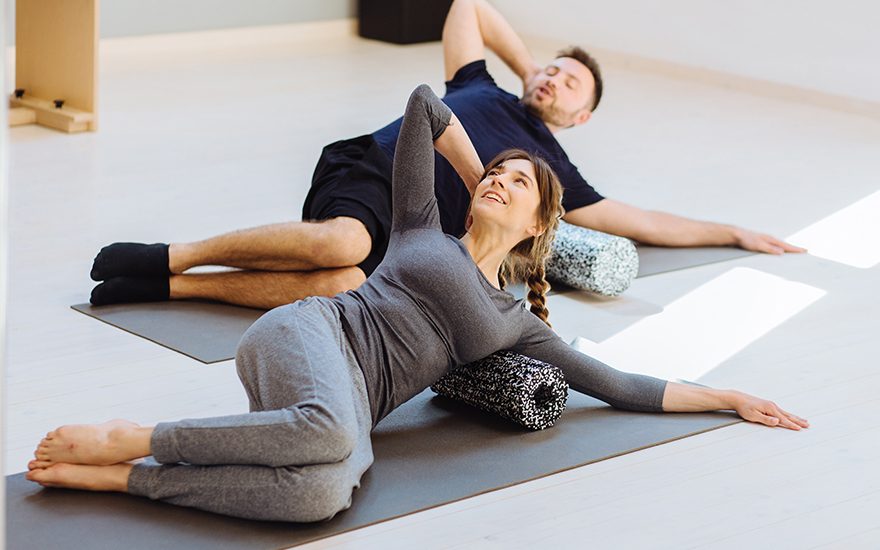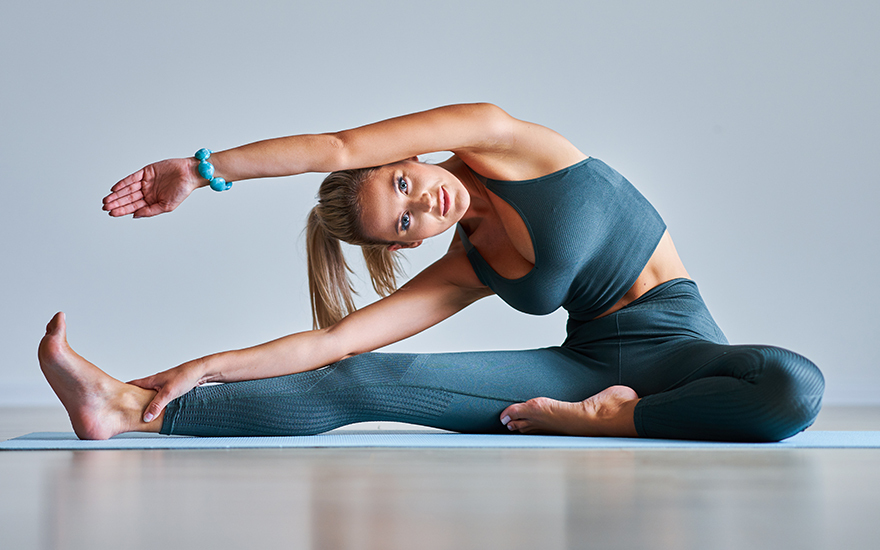Author: Emily Rutherwood
As both mornings and evenings grow darker and colder in the winter months, it’s incredibly important to keep moving. Pilates is a great form of exercise to take up at any time of year, but here are some keys reasons why incorporating it into your routine during the winter months is especially beneficial:

Boosts mood
As the days get colder and darker during the winter months, our moods may start to dip. One way of boosting mood is taking up Pilates, as it triggers the release of feel-good endorphins as well as serotonin, the happy hormone. As a result, Pilates can improve our self-esteem and overall happiness. Doing Pilates in a group class brings can also boost mood as it creates a sense of togetherness. Working out in a group reignites social connection through building relationships, which helps reduce feelings of loneliness and isolation that people often feel during the winter months.
Strengthen your immune system
Winter is commonly known as the dreaded cold and flu season, when peoples’ immune systems aren’t operating at their optimum level. Regular participation in Pilates is proven to improve immunity via mechanical and physiological process. The emphasis on breathing and mindful movement encourages our fight or flight sympathetic nervous system to quiet, reducing stress which research shows can boost immunity.
Boosts overall health
Core strength: Initially created as a rehabilitation tool, Pilates is a low impact form of exercise that trains the body as an integrated whole, but mostly focusing on core strength. A stronger core will improve your stability and protect your back during traditional strength training.
Better posture and form: To position the body correctly requires complex interactions of the bones joints, connective tissues, skeletal muscles, and the nervous system. Pilates helps to correct postural alignment and makes you aware of form in all other areas of training and in day-to-day movements.
Increases flexibility: During strength training, muscles often become short and tight. Incorporating Pilates alongside can improve your flexibility and mobility by working through full range of motion and all planes of movement. Muscles in turn become long and lean.
Coordination: Balance and agility are required to perform smooth and effective movements in strength training. Pilates trains the nervous system through initiating coordinated movement and controlling correct posture, balance, and muscular activity.







